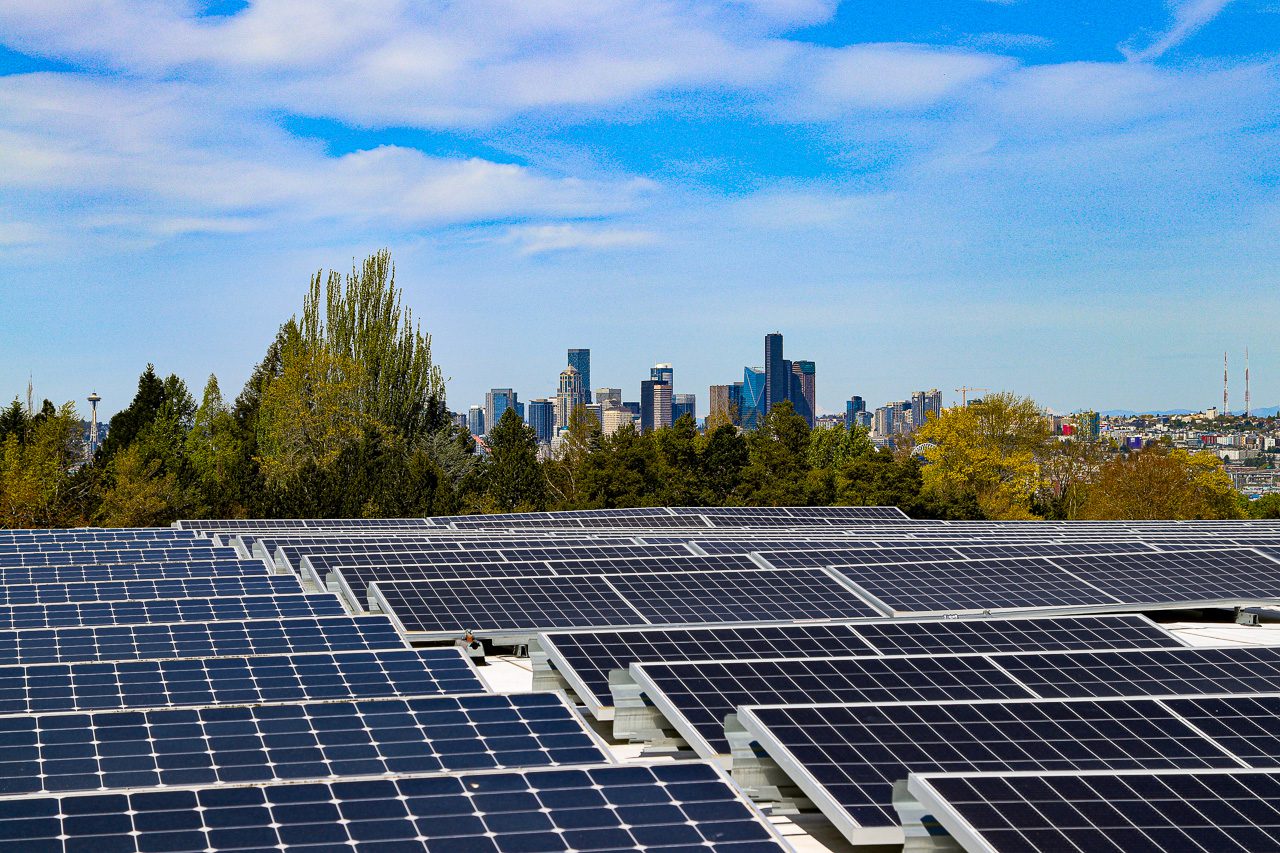
On April 23, South Seattle College celebrated a new solar array installation on top of Cascade Hall. This new 300-panel system can generate 86 kilowatts of clean energy, a significant improvement from the original 7-kilowatt array.
This installation marks a leap forward in the college’s commitment to sustainability. It’s also part of a broader effort across Seattle Colleges to decarbonize their campuses. Seattle Central College and North Seattle College also installed new solar arrays, which generated more than 275 kilowatts of photovoltaic electricity last year.
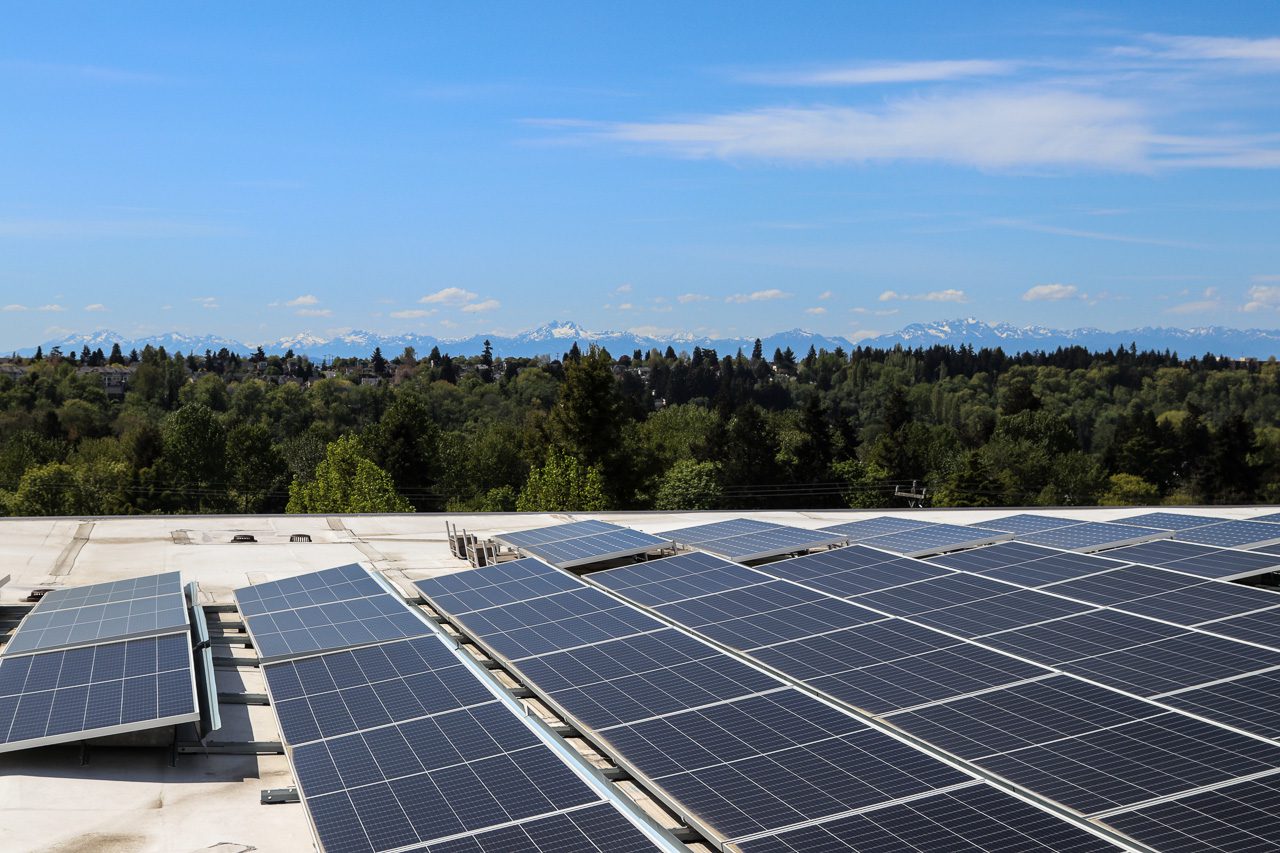
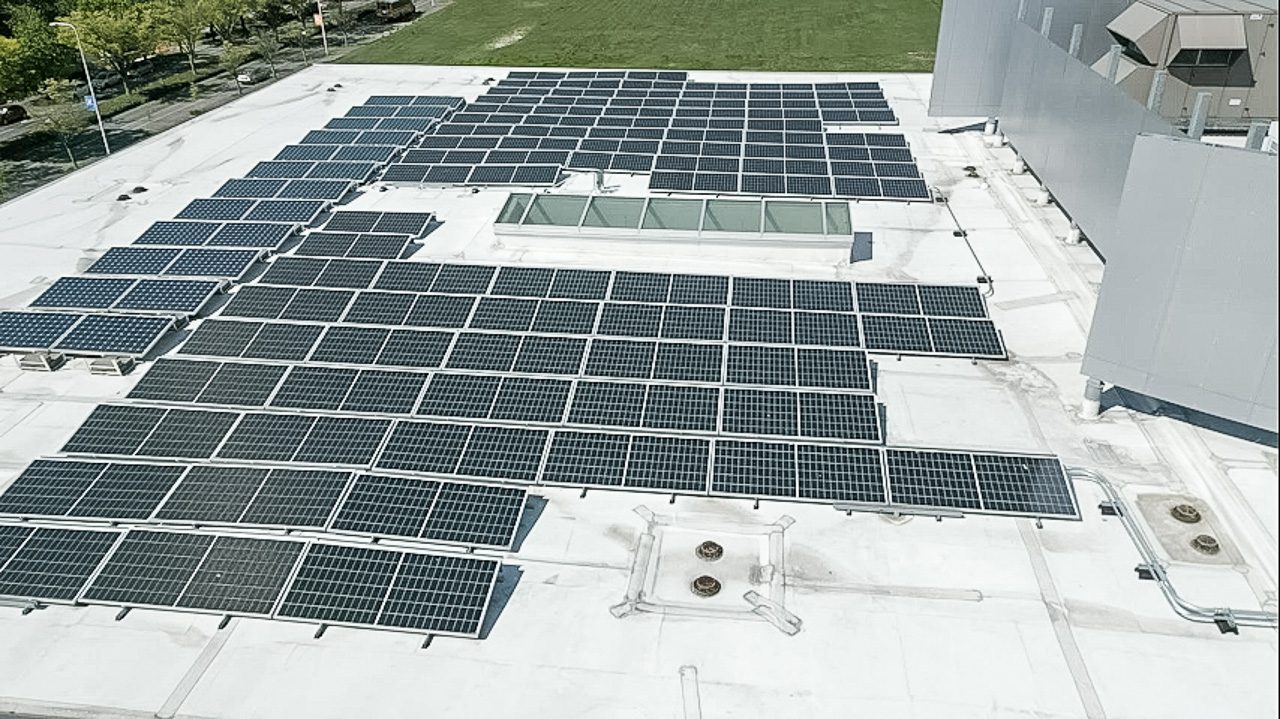
Steve Abercrombie, the Faculty Coordinator for the Sustainable Building Science Technology Program at South Seattle College, facilitated the event and spoke about how this solar initiative is a testimony to the power of partnerships, community involvement, and forward-thinking.
“We took an over tenfold increase of the amount of solar photovoltaic energy that we could put in place, and we were able to do that through the partnership and with amazing support both from the Washington State Department of Commerce and from Seattle City Light in order to make that happen.”
For students at South Seattle College, Steve also noted that this array offers even more to the college than clean power. It has become part of the curriculum around sustainable building and energy.
“Students get tours of the arrays to understand the mechanics of the siting, installation, and considerations for solar. They then engage in projects related to solar feasibility, planning, and renewable energy financing through several of our classes.”
These efforts help us with the challenges our region, country, and the world face with replacing fossil fuels with clean energy generation: “We can’t just generate our way out of the problem. We have to save energy at the same time,” says Steve.
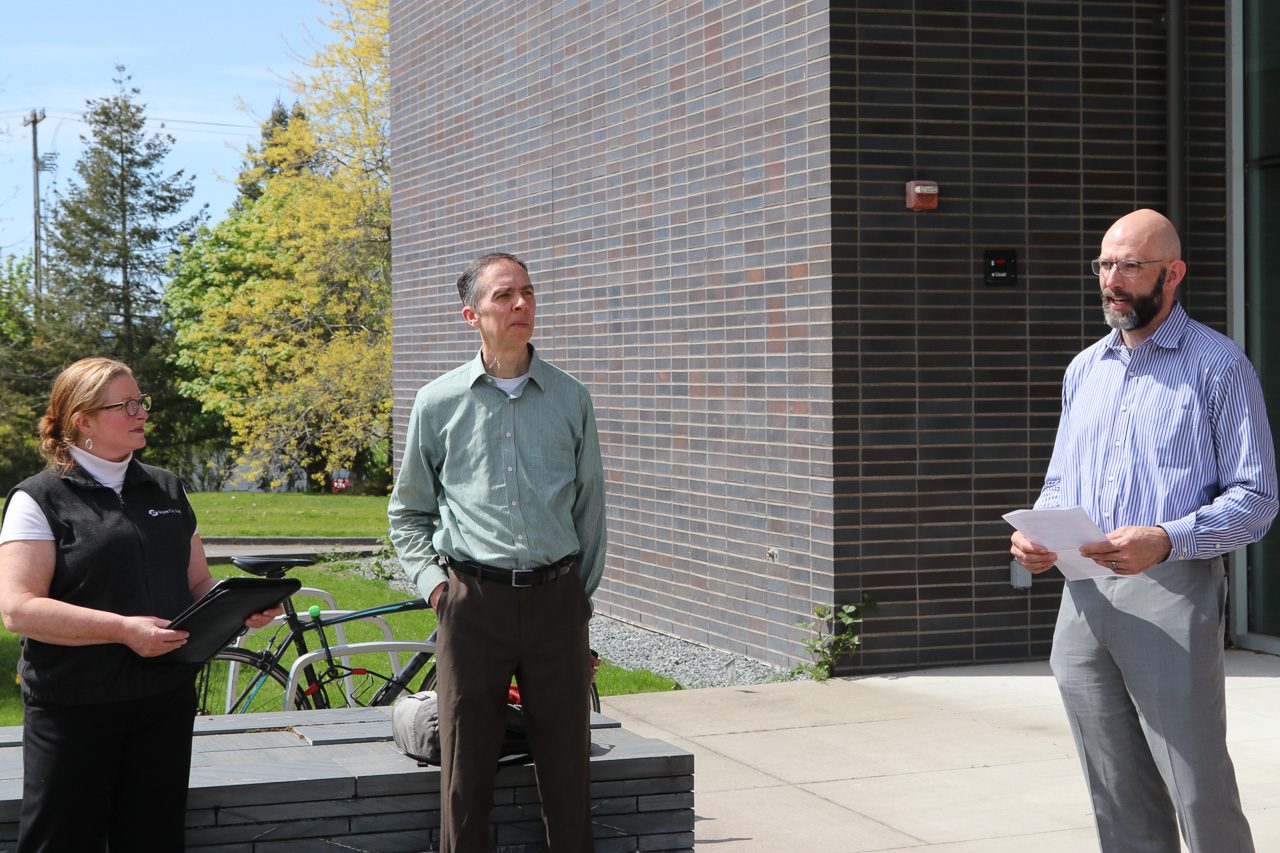
Ron Fues, a Project Director at McKinstry, was available to speak about the installation process itself:
“Between the three campuses, there are close to a thousand solar panels.” For projects like this, he continued, “It’s really a staging process, because as panels are getting cheaper, labor is really starting to drive the financials of the project. So even five years ago, solar was more of a feel-good thing to do and now the price of solar equipment has come down so much, that it’s a good investment.”
Lori Moen, City Light’s Manager of Solutions Design and Management, spoke next on the Green Up program, the value these projects bring to their immediate communities, and how solar is viable in the Pacific Northwest:
“We don’t think of Seattle being the first place on Earth to invest in solar. And you know the good news is that it really is very economical here. We have over 164 sunny days per year. That’s really enough solar to contribute substantially to not only a commercial load but your residential loads as well.”
For all three Seattle Colleges, City Light proudly contributed $425,000 toward the purchase of renewable energy credits from these projects through the Green Up Community Program. For South Seattle College in particular, we contributed more than $123,000 in renewable energy credits for this local rooftop solar project.
Green Up is a voluntary program that allows City Light customers to support Pacific Northwest renewable energy projects. When City Light customers participate in Green Up, City Light purchases renewable energy credits on behalf of our customers. Green Up also sources renewable energy credits from local rooftop solar projects hosted by nonprofit and public organizations like schools, pools, and affordable housing authorities.
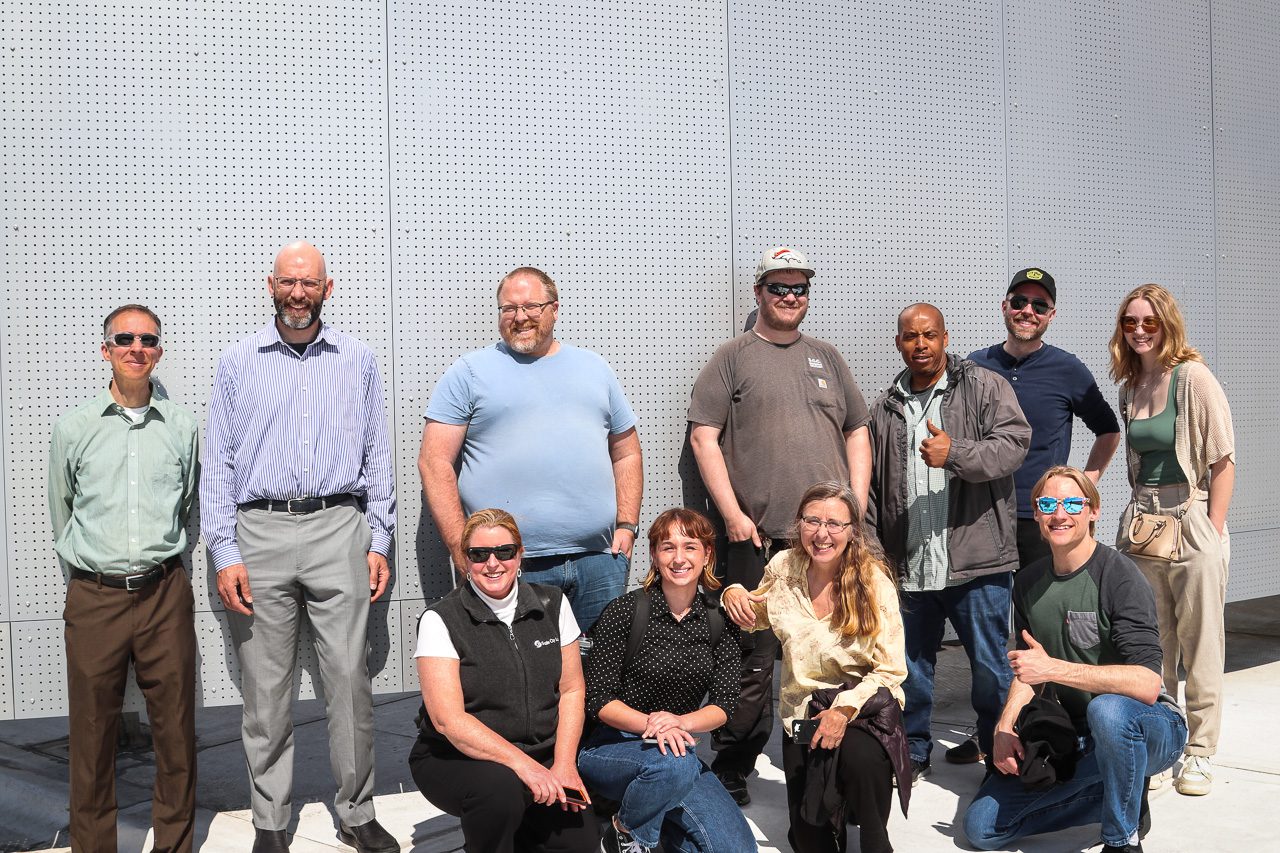
At City Light, we encourage everyone to take a step towards sustainability. We help customers with energy efficiency, renewable energy, and transportation electrification. Consider supporting or getting involved in renewable energy initiatives within your communities. Visit our website if you’re interested in participating in Green Up to support projects like this or install solar of your own.
Resources
You can listen to the speeches courtesy of the West Seattle Blog.